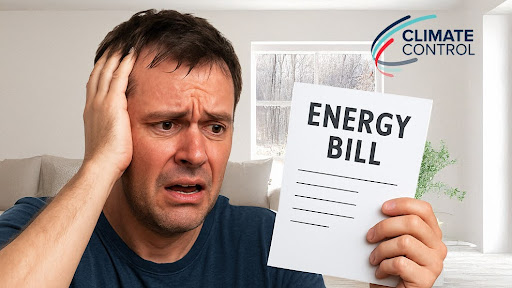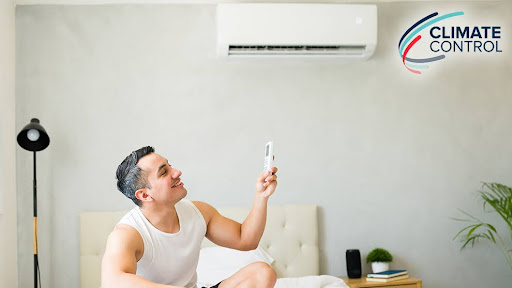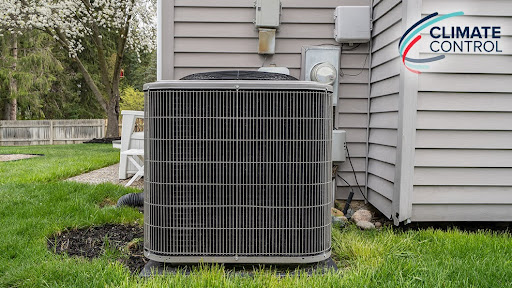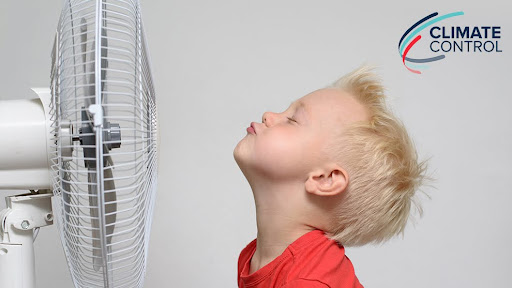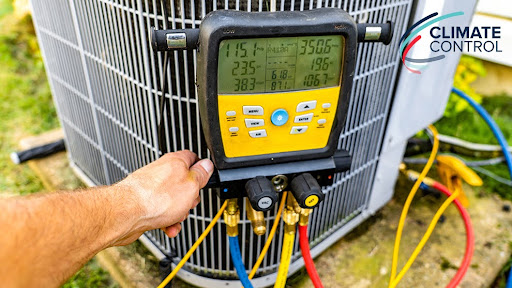The average home’s water-heating system is second in total energy consumption only to the heating and cooling systems. That may not come as a surprise, but what may surprise you is that in a conventional storage water heater, much more than half – as much as 75 percent – of the energy used for water heating is consumed by standby heat loss (re-heating stored water). Follow these five simple steps to reduce standby heat loss, and you may cut your water heating costs by more than half.
Thermostat settings
If you’ve never adjusted the thermostat settings, there’s a good chance that the water temperature is set to 135 to 140 degrees, as is standard for many manufacturers. Reduce the temperature to 115 to 120 degrees. A reduction of 2 degrees translates to a 1 percent energy savings, according to government statistics.
Insulate the tank
Storage tanks should be insulated with tank-specific jacket or blanket insulation. This may reduce standby heat loss by 45 percent. Use insulation with a high R-value, such as R-24, as the higher value provides greater thermal resistance. This can be a do-it-yourself project if you have an electric water heater, though you may need professional help if you have a gas-powered model.
Drain the tank
Flush out the water heater twice a year to eliminate sediment buildup. Sediment reduces heating function, and deteriorates the tank more quickly.
Install a timer
Just as you turn off your heating and cooling system when it’s not needed, you can do the same with your water heater by installing a timer to turn it off during hours of non-use hours (e.g. sleeping, vacation, working hours). It’s less expensive to warm water up to a set temperature than to maintain that temperature 24/7.
More insulation
Insulate the outlet pipe on top of the tank. This may seem like a trivial step, but it actually prevents quite a bit of standby heat loss, and it provides 2 to 4 degrees warmer water – and faster. Place an insulation board under the tank (for electric tanks). This reduces heat transfer to the floor.
If you would like more details, or need help with any of these energy-saving steps, contact the heating and cooling pros at Climate Control Company. We’ve proudly served Glenwood Springs and the surrounding area for over 50 years.
Our goal is to help educate our customers about energy and home comfort issues (specific to HVAC systems). For more information about water heaters and other HVAC topics, please visit our website.
Climate Control Company services Aspen, Vail and the surrounding Western slope communities in Colorado.

